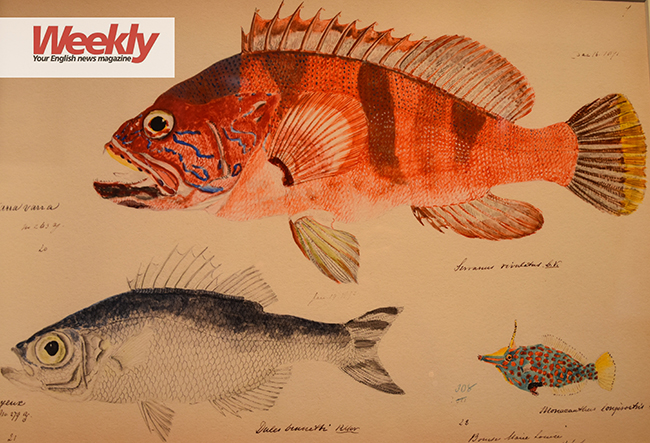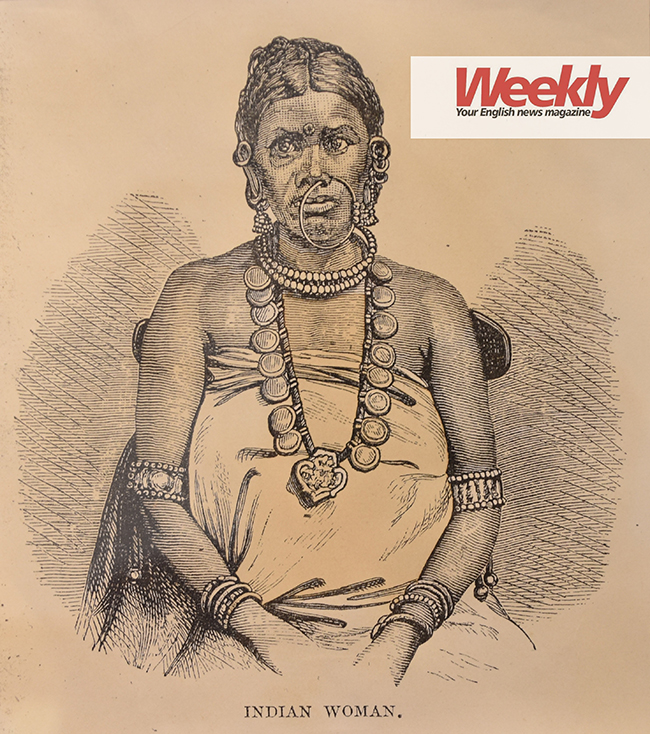Publicité
Nicolas Pike: Consul, naturalist and admirer of Mauritius
Par
Partager cet article
Nicolas Pike: Consul, naturalist and admirer of Mauritius


This article was published in Weekly No. 318 of 4 October 2018.
As 2018 marks the birth bicentenary of Nicolas Pike, the first US Consul to Mauritius who was also an avid naturalist and describer of 19th century Mauritius, Weekly takes you round the free exhibition dedicated to him currently on show at the Blue Penny Museum until Saturday 27 October.
Born on 26 January 1818 at Newburyport, Massachusetts, Nicolas Pike led a varied life. Educated at the Latin High School there, he planned to join the army but was discouraged and in 1839 moved to New York. In 1848, Pike was making a living in a paperhanging business, before being elected president of the Brooklyn Natural History Society in 1849 and president of the Microscopical Society in Long Island in 1865.

To mark Pike’s birth bicentenary, the Blue Penny Museum invites visitors to discover – or re-discover – this great naturalist. Through press cuttings, extracts from his only book – Sub-Tropical Rambles in the Land of the Aphanapteryx –, reproductions of his texts published in scientific journals and a series of illustrations, paintings and engravings of local marine fauna and scenery of Mauritius, the exhibition elegantly presents the three lives Pike led as soldier, Consul and naturalist.
The soldier
In 1861, Pike returned to the US after serving as US Consul in Oporto, Portugal, his first appointment. He trained volunteers at Long Island during the American Civil War, which broke out in 1861 and lasted until 1865, and was made lieutenant-colonel.
The Consul
In 1866, Pike was appointed as the first US Consul to Mauritius. He arrived on the island on 12 January 1867. At the onset of his mission, he was faced with an “epidemic fever” which “assumes more of the typhoid form”, as Pike wrote in one of his first letters as US Consul. He added, “As far as it has been practicable, without interfering with any consular business, I have given my own time and attended upon my sick countrymen”, who were mainly visiting seamen back then.

The naturalist
Soon after his arrival on the island, Pike joined the Royal Society of Arts and Sciences (RSAS) of Mauritius, founded in 1829 and for which he was elected one of the vice-presidents. During his time in Mauritius, he made almost five hundred drawings and paintings of fishes of Mauritius, contributing extensively to the Mauritian ichthyology, the branch of zoology which deals with fish. Pike also studied the fauna, flora and geology of Mauritius. On a research trip at Montagne de la Découverte (Discovery Mountain), Pike discovered a species of fern, Actinopteris radiata, common in Africa, Asia and Australia, but unknown till then in Mauritius.
“During his time in Mauritius, Pike made almost five hundred drawings and paintings of fishes of Mauritius, contributing extensively to the Mauritian ichthyology, the branch of zoology which deals with fish”
His collection is now kept at several locations across the world. For instance, his fish paintings are at the American Museum of Natural History, his fish and coral collections at the Museum of Comparative Zoology at Harvard, while his sponges and ferns of Mauritius were donated to the Mauritius Herbarium. Pike also authored several pieces in the Proceedings of the Royal Society of Arts & Sciences of Mauritius.
In 1873, he published his single book, Sub-Tropical Rambles in the Land of the Aphanapteryx. The Aphanapteryx bonasia, more commonly known as the Red Rail, is an endemic bird of Mauritius now extinct. Pike is believed to have written a second volume on Mauritius which was however never published.
Pike left Mauritius in 1873 and returned to the US. He resided in Brooklyn until he left for New York again where he lived until his demise on 11 April 1905, at the age of 88.
This exhibition was set up with the participation of Job and Ghislaine Dittberner, Richard Lesage, the Museum of Natural History of New York, the Comparative Zoology Museum of Harvard University and the Mauritius Commercial Bank. It forms part of the activities organised in October to mark Pike’s birth bicentenary. A paid conference by speakers from Mauritius and abroad titled ‘Nicolas Pike: Archetypical Scholar of the 19th Century’, was held on Saturday 13 October at the Mauritius Commercial Bank office, at Saint Jean, Quatre Bornes, under the aegis of the RSAS and the Blue Penny Museum. A free exposé followed by a play called “Pike croqué par son perroquet” (Pike Eaten by His Parrot) will also be held on Friday 26 October, at the Centre Culturel d’Expression Française in Curepipe. Earlier in July, the Mauritius Post released a commemorative stamp depicting the Blacklip damselfish (Pomacentrus pikei), common in the coral reefs around Mauritius and named after Pike.

For more views and in-depth analysis of current issues, Weekly magazine (Price: Rs 25) or subscribe to Weekly for Rs110 a month. (Free delivery to your doorstep). Email us on: weekly@lexpress.mu
Publicité
Publicité
Les plus récents






